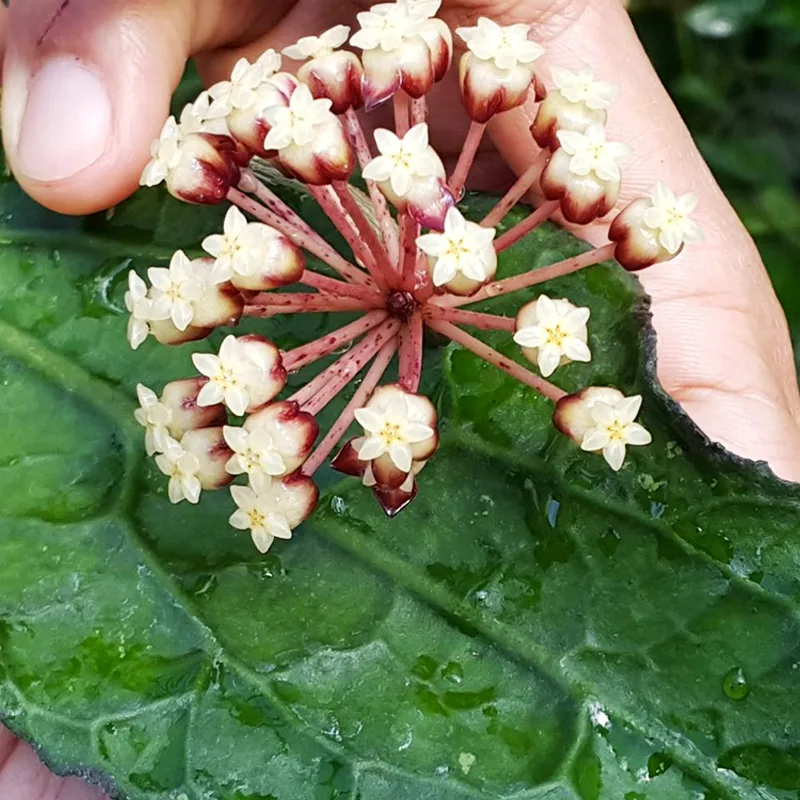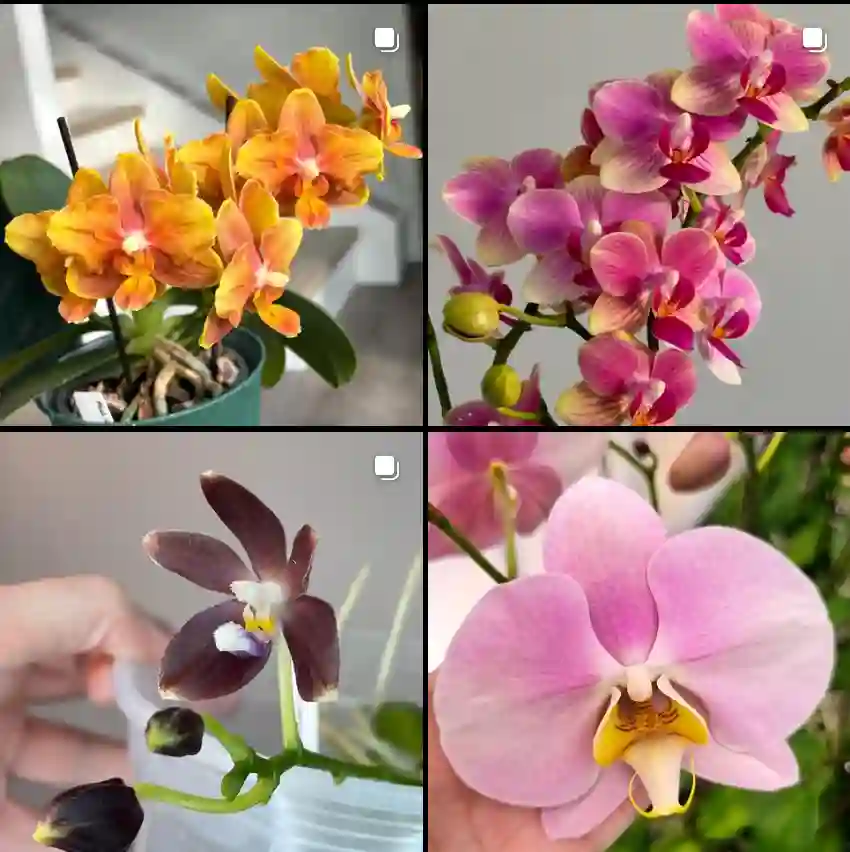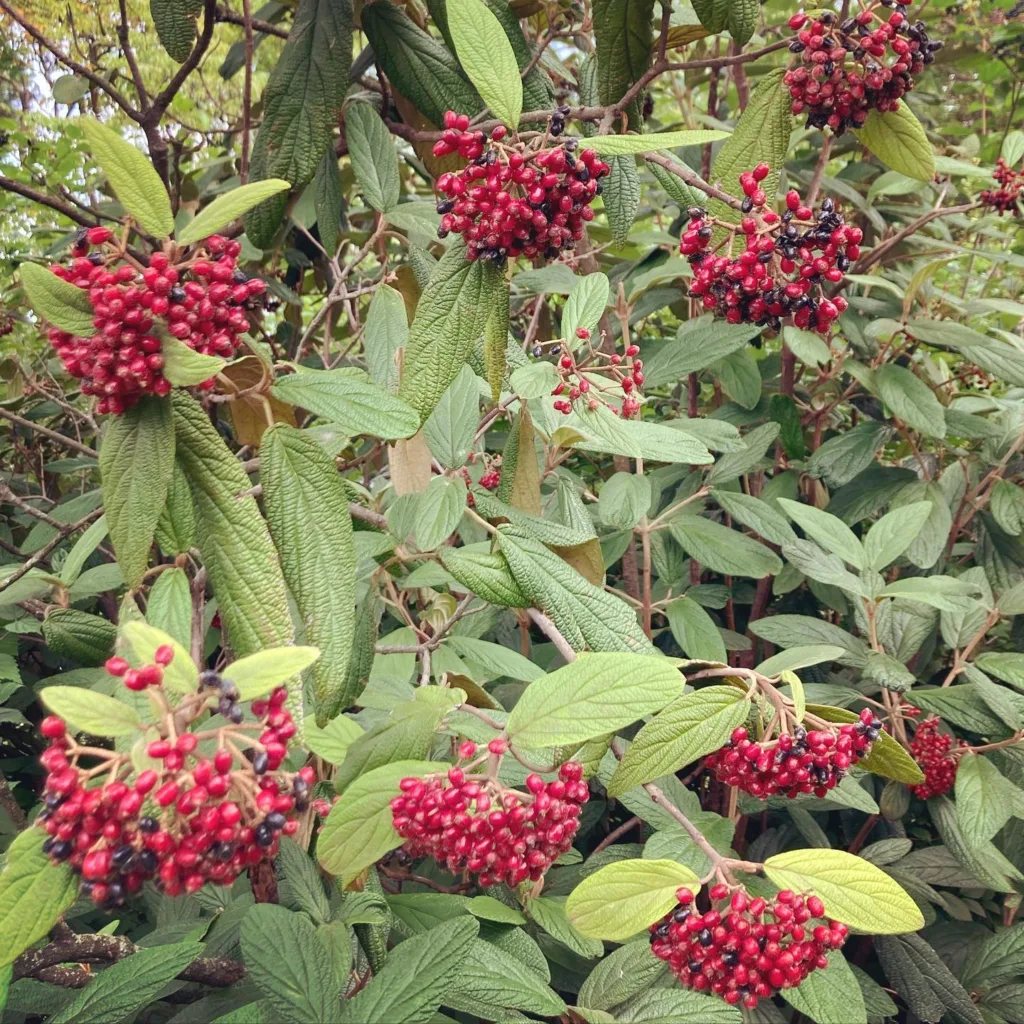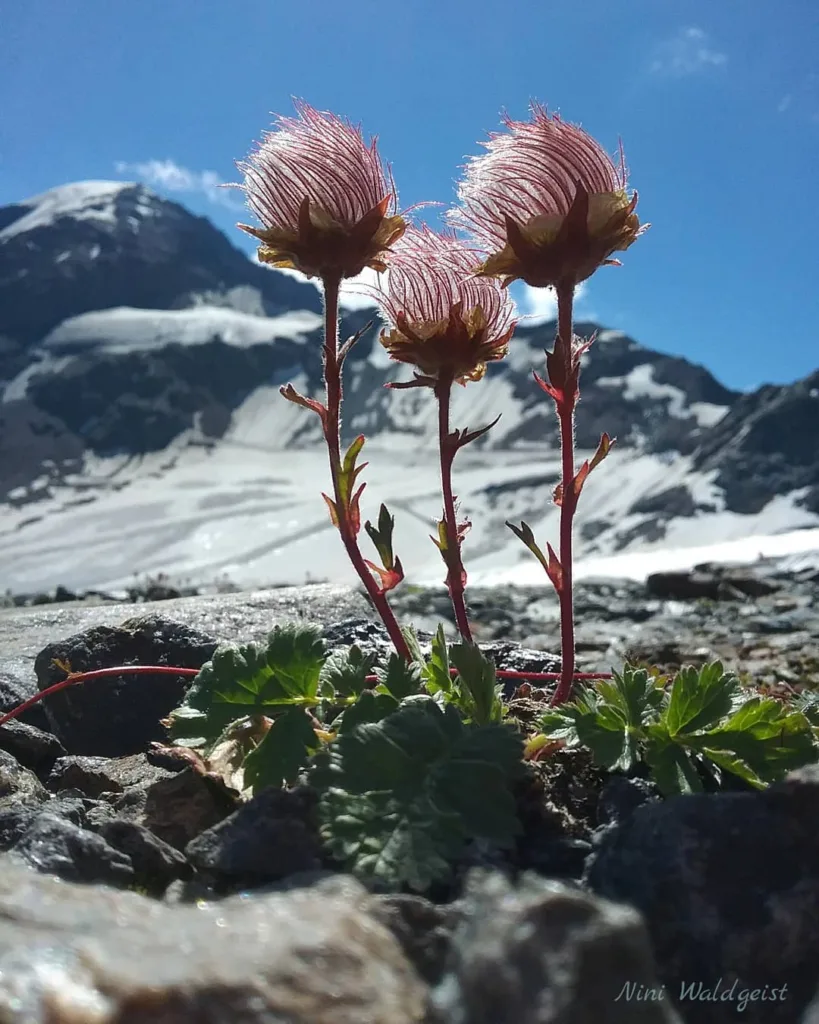Allamanda Cherries Jubilee: FAQs and Insights
I’ve had quite a journey with Allamanda Cherries Jubilee, a stunning plant that has become a favorite in my garden. It’s vibrant, hardy, and adds a splash of color that’s hard to beat. Here’s a comprehensive FAQ guide based on my personal experience with this remarkable plant.
16 Species in Genus Allamanda
What Is Allamanda Cherries Jubilee?
Allamanda Cherries Jubilee is a tropical shrub known for its striking, deep cherry-red flowers. It’s a variety of Allamanda cathartica, often called the golden trumpet or yellow allamanda. The “Cherries Jubilee” cultivar stands out with its bold, rich red blooms that contrast beautifully with its glossy green leaves. It’s a vigorous grower and can be used as a shrub or a vine, depending on how you want to train it.
How to Care for Allamanda Cherries Jubilee?
Caring for Allamanda Cherries Jubilee is relatively straightforward, but it does require attention to a few key aspects:
1. Light: This plant thrives in full sun. It needs at least 6 to 8 hours of direct sunlight each day to flower well. In shadier conditions, it might still grow but will likely produce fewer flowers.
2. Soil: Well-draining soil is crucial. I’ve found that a mix of potting soil and sand works best for ensuring good drainage. If you’re planting in the ground, make sure the area has good drainage to prevent root rot.
3. Watering: Regular watering is important, especially during the growing season. However, it’s equally important not to overwater. Allow the top inch of soil to dry out before watering again. During winter, reduce watering as the plant’s growth slows down.
4. Fertilizing: I use a balanced fertilizer every 6 to 8 weeks during the growing season. This helps promote lush growth and vibrant blooms. I prefer a granular or liquid fertilizer with equal parts nitrogen, phosphorus, and potassium.
5. Pruning: Pruning helps maintain the plant’s shape and encourages more blooms. I usually prune after the flowering season to shape the plant and remove any dead or overgrown branches.
How to Propagate Allamanda Cherries Jubilee?
Propagating Allamanda Cherries Jubilee can be done through cuttings, and I’ve had success with this method:
1. Take Cuttings: In early spring or late summer, take 4- to 6-inch cuttings from a healthy plant. Make sure each cutting has at least one node.
2. Prepare Cuttings: Dip the cut end of the cutting in rooting hormone to promote root development. Then, plant the cutting in a pot with a mix of perlite and peat moss.
3. Maintain Moisture: Keep the soil moist and cover the pot with a plastic bag to maintain humidity. Place the pot in a warm, bright location but out of direct sunlight.
4. Transplant: Once the cuttings have developed a strong root system, usually in 4 to 6 weeks, they can be transplanted into larger pots or directly into the garden.
What to Plant With Allamanda Cherries Jubilee?
Allamanda Cherries Jubilee pairs beautifully with other tropical plants. I’ve had great success planting it alongside:
1. Bougainvillea: The contrasting colors of bougainvillea’s vibrant blooms complement the rich red of Allamanda.
2. Lantana: Both plants enjoy similar growing conditions, and their combined colors can create a stunning display.
3. Palms: Tall palms provide a tropical backdrop that enhances the look of Allamanda’s lush foliage.
Benefits of Allamanda Cherries Jubilee
This plant offers several benefits:
1. Stunning Flowers: Its deep red blooms are a standout feature in any garden, providing continuous color and attracting pollinators.
2. Fast Growth: Allamanda Cherries Jubilee grows quickly, filling in garden spaces or trellises fast.
3. Low Maintenance: Once established, it requires minimal care and is quite resilient to pests and diseases.
Is Allamanda Cherries Jubilee Toxic?
Yes, Allamanda Cherries Jubilee is toxic if ingested. All parts of the plant contain compounds that can cause gastrointestinal distress in humans and animals. It’s best to keep this plant away from pets and small children, and to wear gloves when handling it to avoid skin irritation.
Common Problems with Allamanda Cherries Jubilee
I’ve encountered a few issues with Allamanda Cherries Jubilee:
1. Yellowing Leaves: This can be a sign of overwatering or poor drainage. Ensure the soil drains well and adjust your watering routine accordingly.
2. Pests: Look out for aphids and spider mites, which can sometimes infest the plant. Regularly check the leaves and treat with insecticidal soap if necessary.
3. Fungal Issues: In humid conditions, fungal infections can occur. Avoid overhead watering and ensure good air circulation around the plant.
Comparing Allamanda Cherries Jubilee with Other Varieties
Allamanda Cherries Jubilee often gets compared to other Allamanda varieties, like Allamanda Cathartica (Yellow Allamanda). The main differences are in flower color and growth habit. While Yellow Allamanda has vibrant yellow flowers and is also vigorous, Cherries Jubilee offers a more dramatic red hue, which can be a unique addition to your garden.
In summary, Allamanda Cherries Jubilee is a spectacular plant with a few care requirements but offers a lot in terms of visual appeal and growth. Whether you’re a seasoned gardener or just starting out, this plant is definitely worth considering for a tropical touch in your landscape.
If i die, water my plants!



